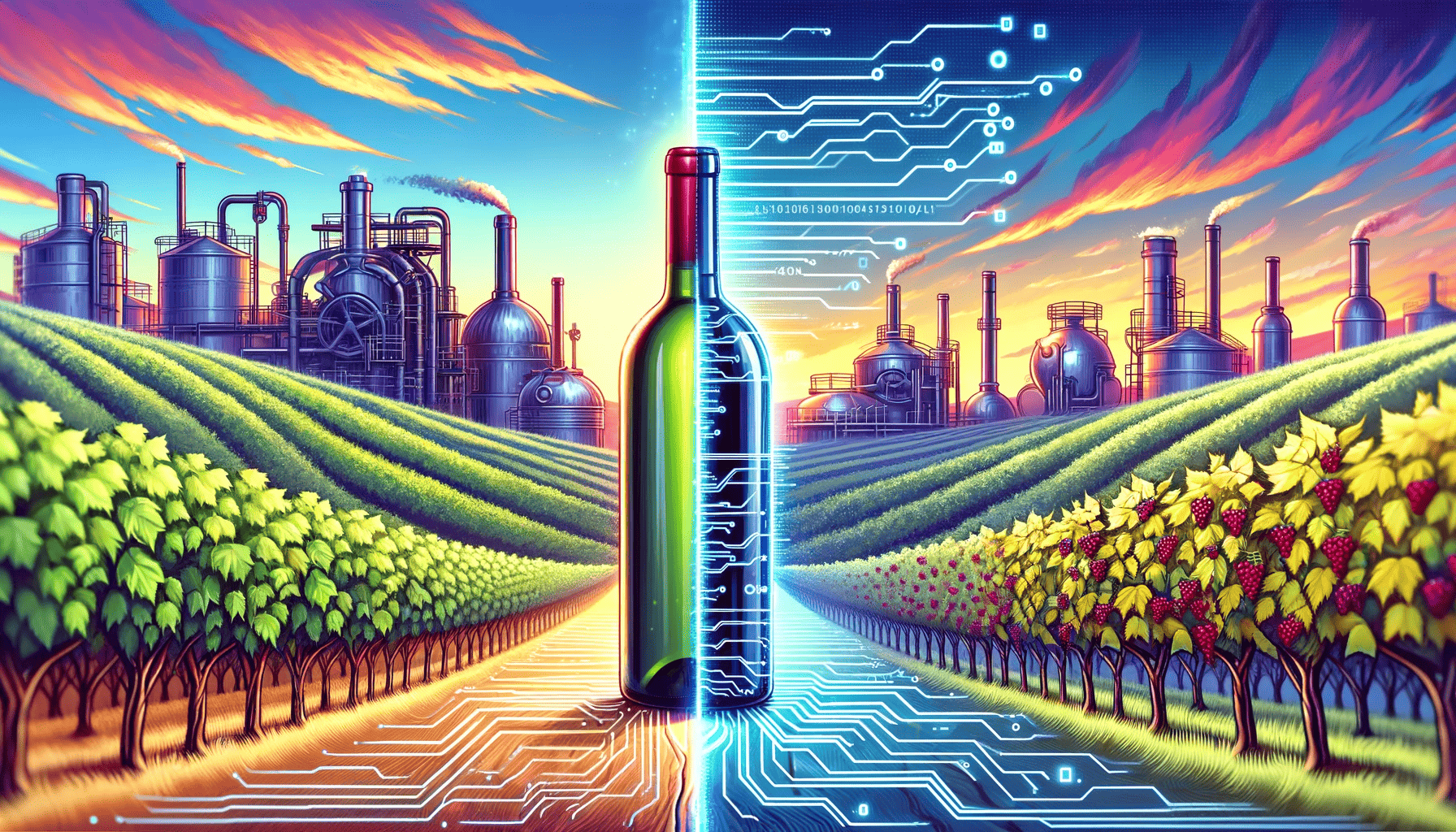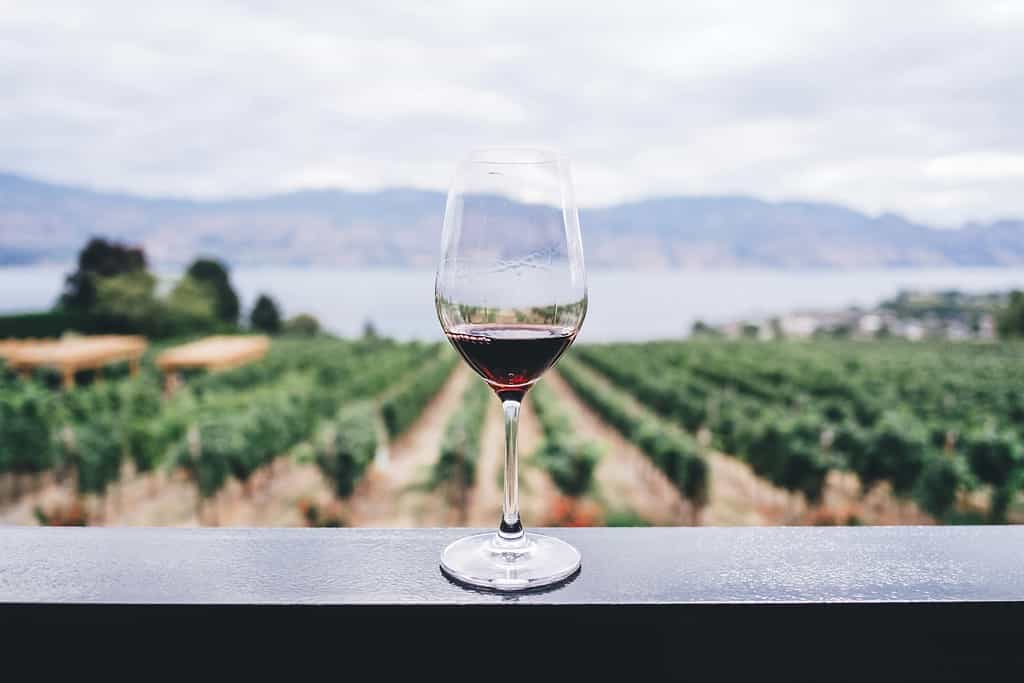
Many people claim to be able to appreciate the complexities of red wine but in practice, there’s a lot of fraudulent wine on the market. According to some estimates, up to 20% of the wine sold is fraudulent. But a new AI may sort that out.
“There’s a lot of wine fraud around with people making up some crap in their garage, printing off labels, and selling it for thousands of dollars,” says Alexandre Pouget at the University of Geneva in Switzerland. “We show for the first time that we have enough sensitivity with our chemical techniques to tell the difference,” the researcher tells The Guardian.
In a new study, Pouget’s algorithm was able analyze 80 red wines from between 1990 and 2007 and figure out where they come from with 100% accuracy.
Tongue vs chromatography
The story of a wine begins in the vineyard. In all vineyards, factors like soil composition, climate, and viticultural practices converge to create a unique profile for each bottle. These factors, often referred to as the terroir of the wine, are responsible for the subtle differences in taste, aroma, and color that distinguish one wine from another. But, how can we scientifically capture and identify these nuances?
Well, one approach is to use the human taste. But that has its limits and can be unreliable.
This is where gas chromatography comes in. Gas chromatography is a powerful analytical tool commonly used in chemistry for separating and analyzing compounds that can be vaporized without decomposition. In the context of wine, it enables scientists to dissect the complex mixture of chemicals that contribute to a wine’s unique aroma and flavor profile. Instead of having the human taste analyze the whole thing, you look at the mixture of chemical components.
Gas chromatography is not new. The distinctiveness of this new approach comes in how the data was processed. The researchers employed sophisticated machine learning algorithms to interpret the complex chromatogram data. This integration of traditional chemical analysis with modern computational techniques was pivotal in setting this study apart from conventional wine analysis methods.
Wine is a symphony

Rather than looking at individual chemicals, the machine learning algorithm looks at all the chemicals together. It plots the chemical signature on a two-dimensional grid and groups similar wines together based on this signature.
“The first thing we saw, that jumped straight out at us, is there are clusters that correspond to a specific chateaux. That told us right away that there is a chemical signature specific to each chateaux, independent of vintage,” Pouget said for The Guardian. “It’s the overall pattern of concentrations of many, many molecules that distinguishes a chateaux. Each is a symphony: there isn’t a single note that distinguishes them, it’s the whole melody.”
The research successfully demonstrated that the raw gas chromatograms could be used to trace the geographic origin of the wine. Even more impressively, the technology was precise enough to identify the specific estate and vintage of the wines examined — although it was only able to correctly identify the vintage in 50% of the cases. So, essentially, you can’t really tell how old a wine is, but you can tell where it comes from, and that’s big against wine fraud.
New insight into wine
So far, this study focused only on Bordeaux red wines. But there’s no real reason why the methodology couldn’t be applied to other wine regions and types. While this hasn’t been demonstrated yet, researchers are keen to further expand our understanding of wine science.
The future might see the integration of such technologies in the wine industry’s regular processes, from production to distribution, enhancing traceability and quality assurance.
In addition to fighting counterfeit wine, the study could also help researchers better understand wine. If we can understand the chemical signature that makes a wine into a symphony, then maybe we can recreate the allure of fancy wines more reliably.
In other words, this technology could spur new research into wine aging processes, flavor development, and even influence future wine-making techniques — and that’s something we can all raise our glass to.
The study was published in Nature Communications Chemistry.






